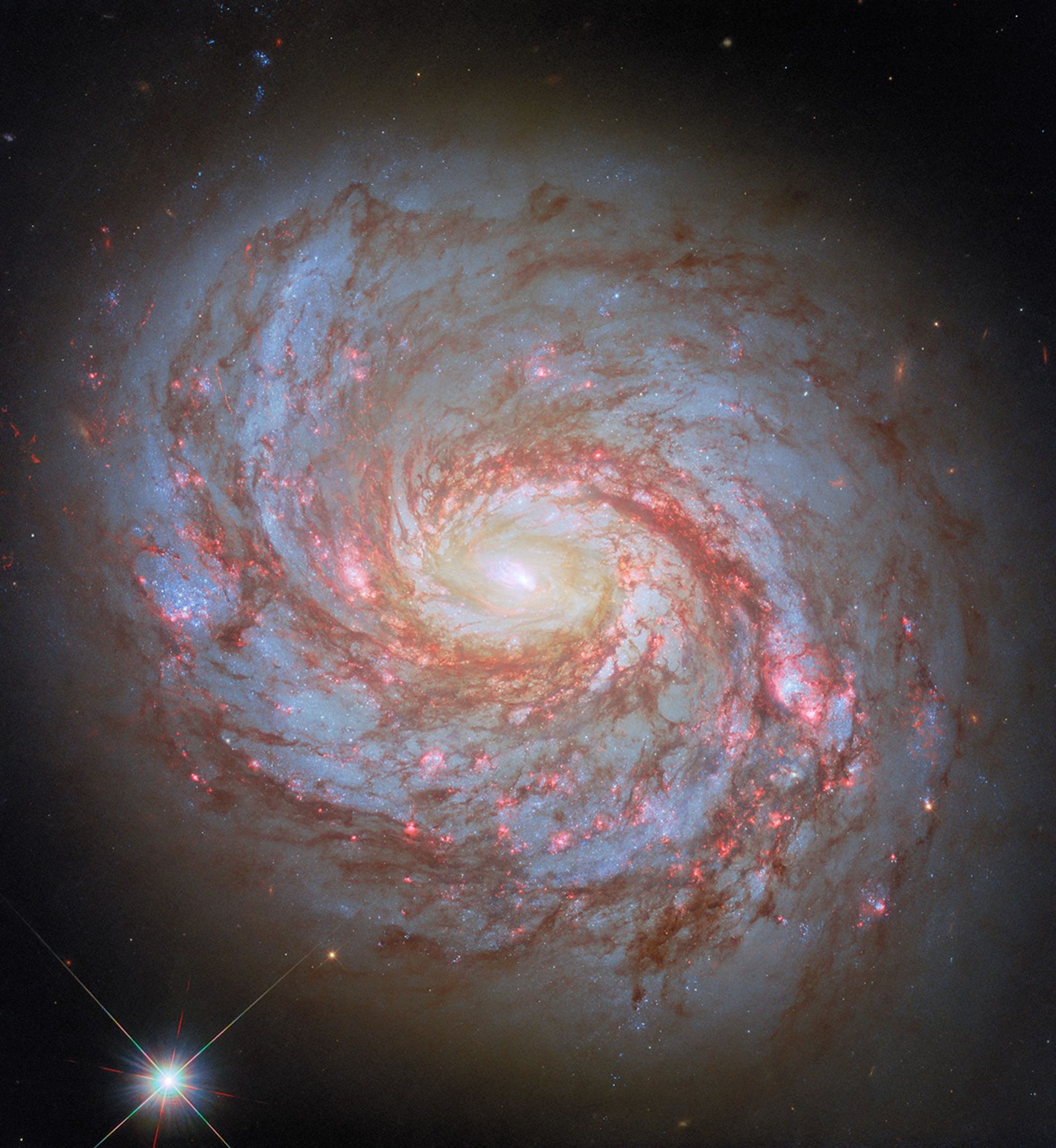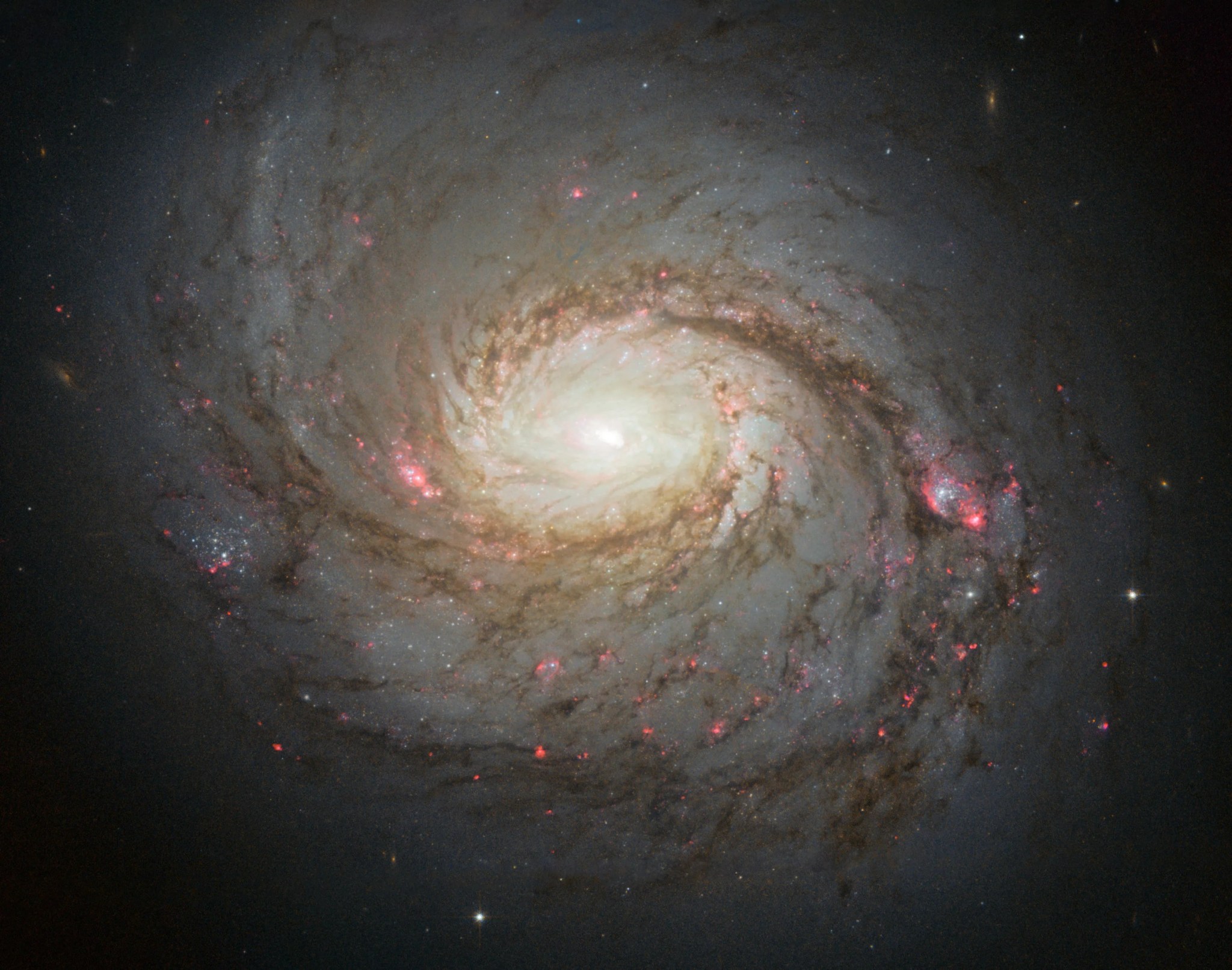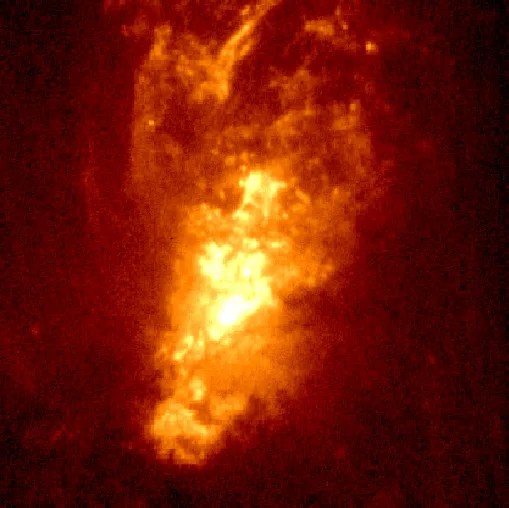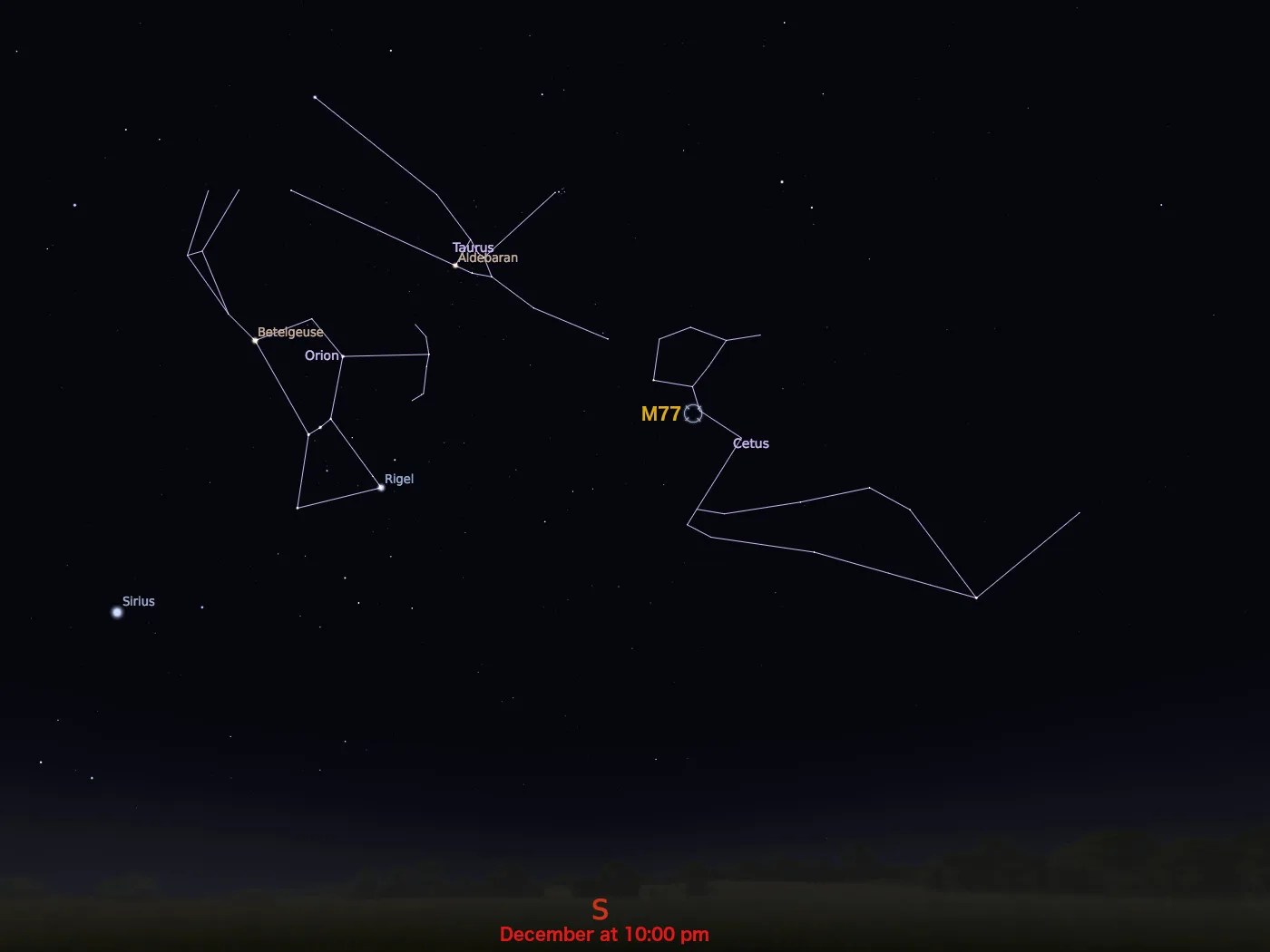Messier 77
This majestic spiral galaxy has an intensely active core.
Distance
45 million light-years
Apparent Magnitude
9.6
constellation
Cetus
object type
Spiral Galaxy
Initially identified as a nebula by the French astronomer Pierre Méchain in 1780. Both Messier and Méchain were comet hunters who cataloged nebulous objects that could be mistaken for comets. Messier, Méchain, and other astronomers of their time mistook the M77 for either a spiral nebula or a star cluster. This mischaracterization isn’t surprising. More than a century would pass between the discovery of M77 and the realization that the ‘spiral nebulae’ scattered across the sky were not part of our galaxy but were in fact separate galaxies millions of light-years away.
M77 is one of the largest galaxies in the Messier catalog. It is located in the constellation Cetus at a distance of 45 million light-years from Earth. M77 has an apparent magnitude of 9.6 and is visible in a small telescope. It is most easily observed during December.
Hubble has captured this vivid image of M77’s center using visible and infrared observations. The streaks of red and blue in the image highlight pockets of star formation along the pinwheeling arms, with dark dust lanes wrapping around the galaxy’s starry center.
M77 is a prime example of a Seyfert galaxy, or a galaxy with an intensely active center that is obscured by gas and dust in visible light.
For more information about Hubble’s observations of M77, see:
- Hubble Spots a Squid in the Whale
- Hubble Observes the Hidden Depths of Messier 77
- HST Reveals the Central Region of an Active Galaxy
Explore Hubble's Messier Catalog
The following pages contain some of Hubble’s best images of Messier objects.

Overview The Messier catalog, begun by astronomer Charles Messier in the 18th Century and revised over the years, includes some…
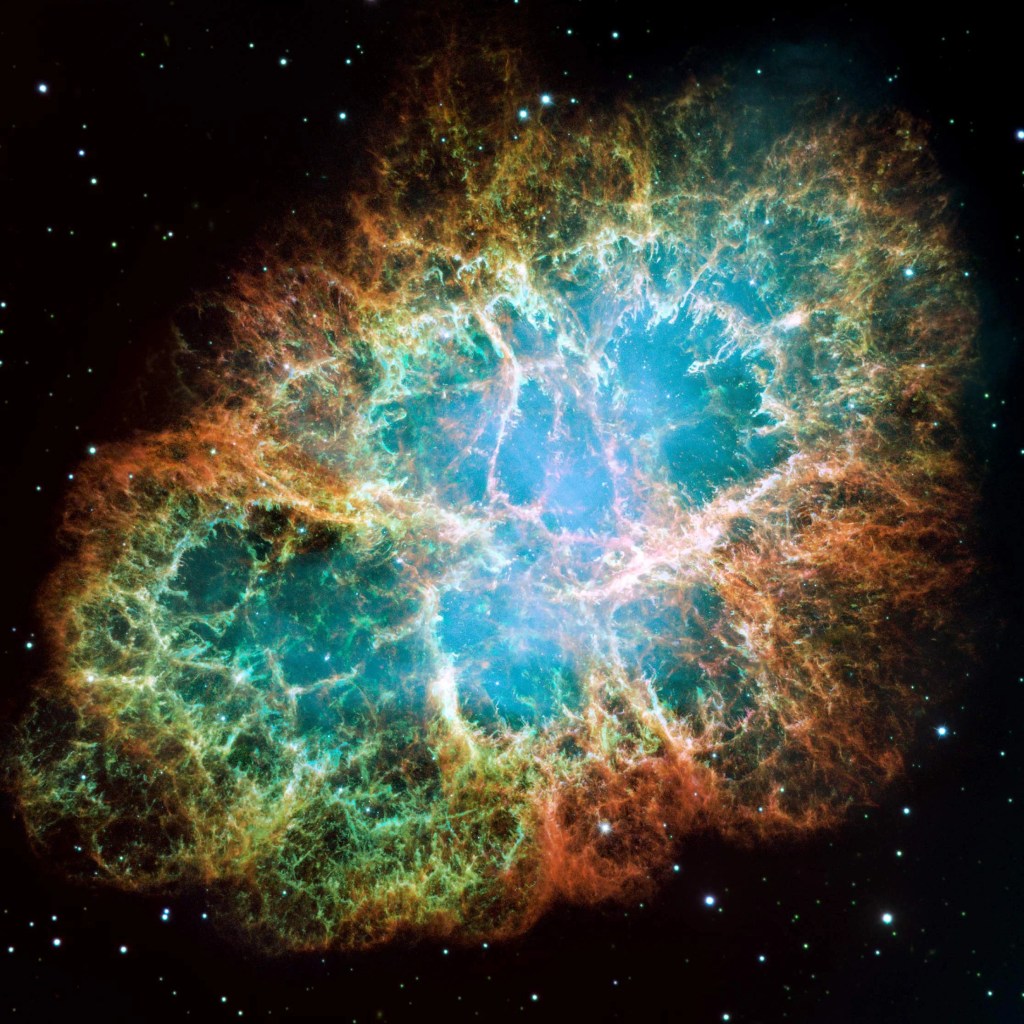
Better known as the Crab Nebula, Charles Messier originally mistook Messier 1 for Halley’s Comet, which inspired him to create…
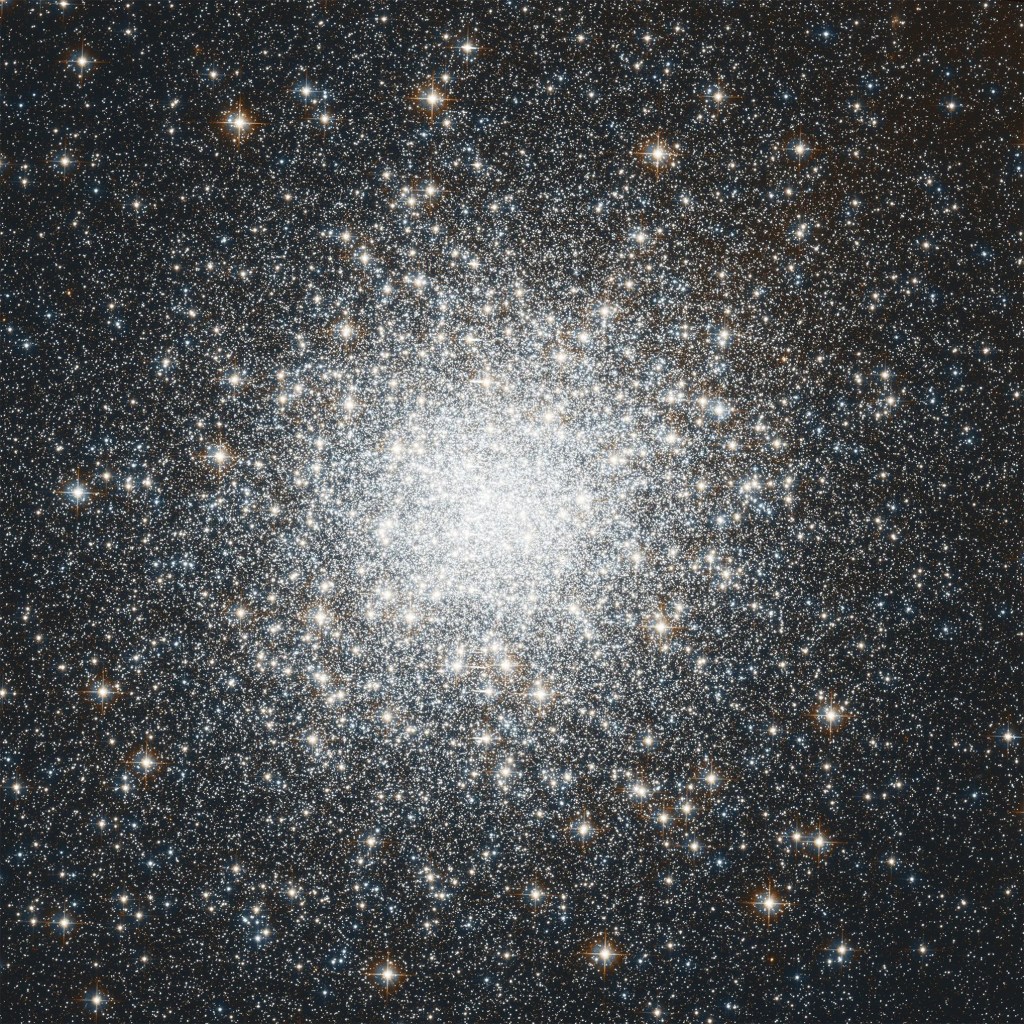
Hubble's image of Messier 2 is comprised of visible and infrared wavelengths of light.

























